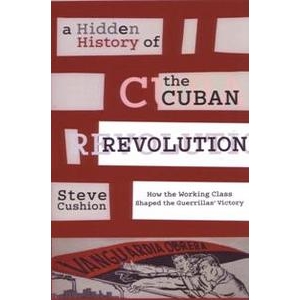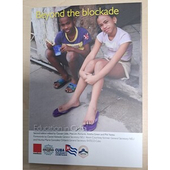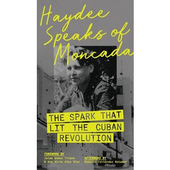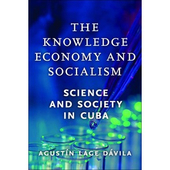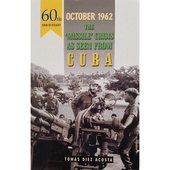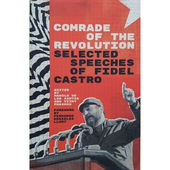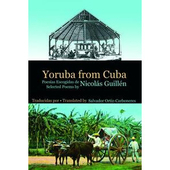Studies of the Cuban Revolution, by both supporters and detractors, have tended to attribute the overthrow of the Batista regime to a small band of charismatic guerrillas led by Fidel Castro. Where scholars have considered the role of organised labour, the trade union movement has usually been dismissed as a corrupt bureaucracy, riddled by self-interest, and in cahoots with the reactionary dictator. Any credit that has been given to organised labour has focussed on the General Strike of January 1959 which has usually been presented as a spontaneous uprising.
Although Steve Cushion recognises that the trade union leadership worked hand in glove with the Batista government, this meticulously researched and ground-breaking study uncovers the untold story of a militant and well-organised grassroots labour movement that operated independently of union leaders and played a decisive role in the victory of the Cuban Revolution.
Exploring a range of sources, including local and provincial archives, underground publications, and interviews with veterans of the struggle, Cushion presents a much broader definition of organised labour beyond traditional union structures to reveal networks of unofficial organisation, informal shop stewards and clandestine militants which cut across both proletarian sectors - such as sugar, transport, textiles and utilities - and white-collar professions in offices and banks.
Cushion provides a groundbreaking reassessment of the courageous role organised labour played in the triumph of the revolution. From the Granma landing in 1956 - which sparked solidarity strike action and an armed uprising in Santiago - to the General Strike of January 1959 that secured capital for the revolutionary government and prevented a military counter-revolution.
An original and fascinating picture emerges of a militant working-class movement engaged in both traditional industrial action - such as slowdowns, walkouts, strikes, mass meetings and demonstrations - and more aggressive activism such as sabotage and the formation of clandestine cells that would form the basis of a workers section of the guerrilla movement.
Railway workers in Guantanamo developed tactics known as movimiento obrero beligerante (trade unionism on a war footing) involving mass action and sabotage which was replicated across the country. Cuban workers in shops, warehouses and distribution centres pilfered supplies for the 26 July Movement; railway workers moved supplies under the noses of the police; transport workers formed propaganda distribution networks; and telephone operators eavesdropped on state forces to provide vital intelligence.
Cushion also provides a fascinating insight into the relationship between the 26 July Movement and labour activists within the communist Partido Socialista Popular. Despite continued political debate, Cushion notes a convergence that started to occur at a grassroots level in considerable advance of the developing relationship at the leadership level.
This book is essential reading for all those interested in the role that organised labour played in the Cuban Revolution. Cushion demonstrates that the role of organised labour was crucial not just in the seizure of power, but in consolidating power and ensuring the final victory of the more radical wing of the revolutionary forces.
Dan Smith for CubaSi magazine Spring 2016, www.cuba-solidarity.org.uk
